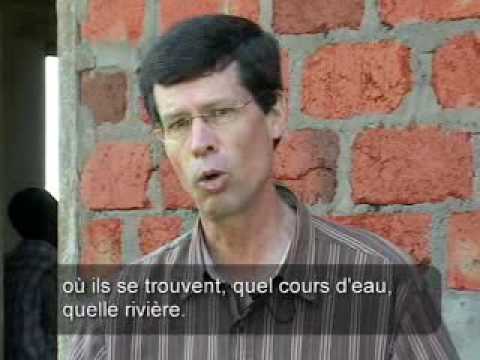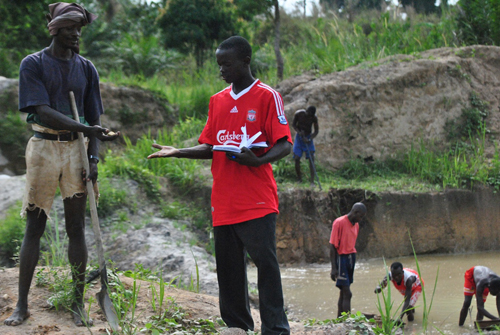Remarks by Gregory Myers, during negotiations for the Voluntary Guidelines for Responsible Governance of Tenure of Land, Fisheries, and Forests on March 8, 2012
Ministers, Excellencies, honorable representatives of member countries, civil society participants and guests: This morning we begin our session with recognition of International Women’s Day.
Each year the United Nations declares an International Women’s Day theme. This year, the theme is “Empower Rural Women – End Hunger and Poverty.”
Perhaps this is a sign of growing recognition of what we already know—that the work we are engaged in this week is extremely relevant to the lives of people around the world. The conclusion of these negotiations of the Voluntary Guidelines will produce a document that provides a framework for countries to develop laws and policies to be used in the context of national food security.
The statistics supporting this are numerous:
– The FAO estimates that women produce over 50% of all food grown worldwide. In developing countries, women produce 60%–80% of the food grown, yet own less than 2% of the land.
– The recent State of Food and Agriculture report found that giving women the same access to agricultural resources as men could increase production on women’s farms in developing countries by 20 to 30 percent – enough to feed up to 150 million more of the world’s hungry.
– FAO Deputy Director General Tutwiler has stated, “Female farmers produce less than male farmers because they do not have access to seeds, tools, fertilizer and credit, not because women are worse farmers.”
Many people in the world lack secure tenure rights and access to adequate resources; however, we know that women face more and greater obstacles in accessing and obtaining rights to resources than men do. In many instances, women’s rights come though marriage and are not secure. A divorced or widowed woman is likely to lose her tenure rights, yet still carry the responsibility to provide for her family. Without secure tenure rights, she and her children are less likely to have food security, and more likely to live in poverty. Conversely, the World Bank has stated that reducing gender inequality leads to reductions in infant and child mortality, improvements in nutrition, and increased economic productivity.
In support of combating the tenure rights issues faced by women, we have appropriately named human dignity, non-discrimination, equity and justice, and gender equality as essential principles of implementation in Section 3B of these Voluntary Guidelines. These guidelines, once adopted, will clarify issues of tenure rights and impact the lives of women around the world. We hope they will accelerate the efforts that many cooperation assistance organizations are already making to address gender inequality with regards to tenure, as demonstrated by the slideshow that has been playing on the screen.
In closing, I’d like us all to take a moment to acknowledge the many contributions women make every day in tackling these issues and in advancing development globally. I can think of no better way to honor women and their work than by continuing these negotiations and coming to consensus this week on a document to be sent to the CFS for adoption.
Thank you.



